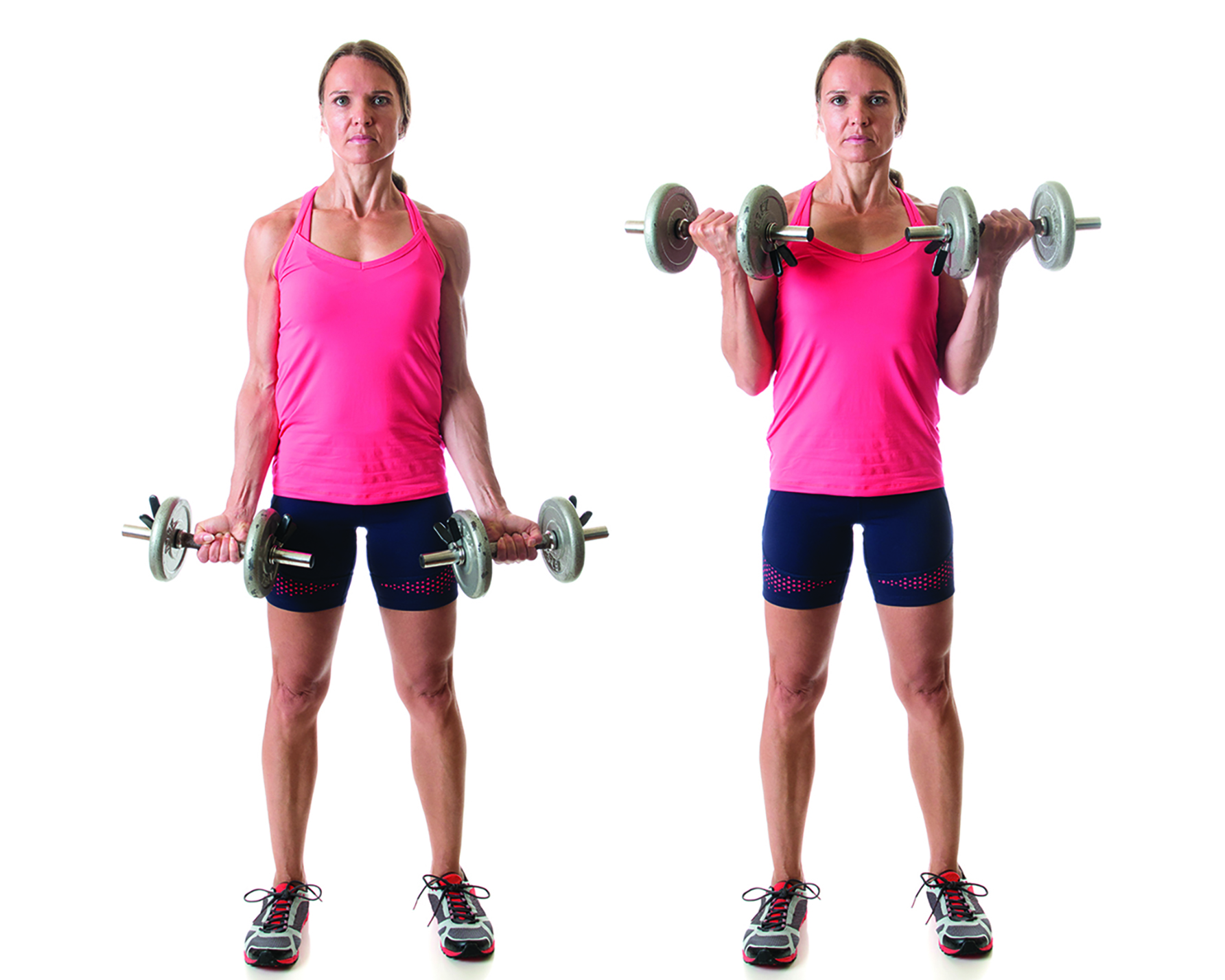Some 44 million have low bone density, or osteopenia, which puts them at an increased risk of fractures.
Things you can do to protect yourself include ensuring that your diet includes enough protein, calcium, and vitamin D; avoiding tobacco and limiting alcohol intake; keeping your weight at a body mass index above 19; and staying active.
Weight-bearing activities
Strengthening bones can be as easy as walking, dancing, climbing hills or stairs, hiking, or jogging, all of which require no equipment. More vigorous activities, including tennis, pickleball, basketball, and volleyball, which involve running, stops and starts, and direction changes, strengthen the bones.
Yoga and t’ai chi, although they don’t involve high impact, are both weight-bearing and lower the risk of falls because they improve balance.
Plain old jumping, which goes by the fancy name plyometrics, increases benefits to bones. The American Journal of Health Promotion published a study that showed increased hip density after only four months of jumping 10 times twice a day and a significant increase with upping the jumps to 20 times. Those in the study rested 30 seconds between each jump.
Resistance- and strength-training
In addition to weight-bearing exercises, strength-training (using as resistance either your body weight or dumbbells) makes your muscles stronger, which protects and strengthens the bones.
Aim for two to three sessions per week, with 48 hours of rest between sessions. Try squats, lunges, side leg lifts, modified pushups, and planks, and then move on to strength-training with dumbbells, performing bench presses, squats, deadlifts, rows, biceps curls, and overhead presses.
Try the biceps curl
Stand up tall, with your chest lifted, abdominals tight, and shoulders down and back. Hold weights down at your sides, palms facing forward. Slowly bending your elbows, lift the weights to your shoulders to a count of four. Hold for two. Lower the weights slowly, to a count of four, back to starting position.
Do 1 to 3 sets of 8 to 12 reps, resting for 60 seconds between sets.
A few words of caution
Consult with your healthcare practitioner before starting any exercise program, especially if you have osteoporosis or osteopenia.
Begin every workout with a warm-up session (e.g., walking, marching in place, swinging your arms) and end with a cooldown like walking.
Stay hydrated.




